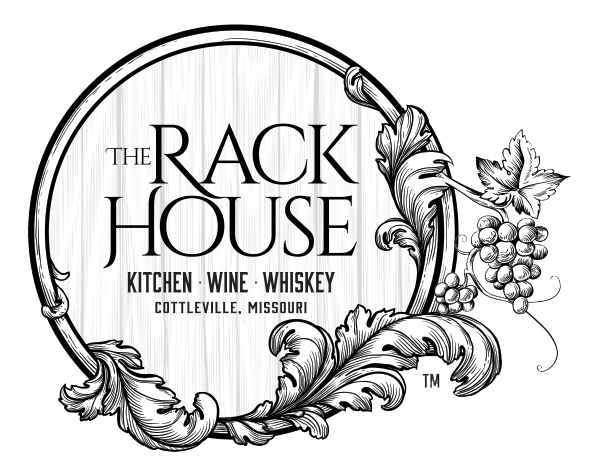The Martinelli family has been growing grapes in the Russian River Valley since the 1880s. At the ages of 19 and 16, Giuseppe Martinelli and Luisa Vellutini eloped from their small village in the Tuscany region of Italy, making their way to California looking for land to farm and start a winery. Giuseppe had been a winemaker in Italy and with his viticulture knowledge, he was hired to plant a vineyard for a farmer in Forestville. Within two years he earned enough money, and borrowed some from a local wood cutter, to purchase land of his own. Working side by side on a 60-degree slope, Giuseppe and Luisa planted a small area of Zinfandel and Muscat Alexandria vines, which later became known as the Jackass Hill vineyard. Over 135 years later, this south-easterly exposure remains the steepest non-terraced vineyard in Sonoma County.
In 1918 Giuseppe died, leaving Luisa with four children and the farm to care for. Their youngest son, Leno Martinelli was twelve years old at the time and had wanted no other career in life than to be a farmer. Leno’s two older brothers wanted nothing to do with the impossibly steep hillside, so after completing the eighth grade, Leno finished school and took on the sole responsibility of farming the Zinfandel vineyard. His family told him that only a jackass would farm a hill that steep. Hence, he and his vineyard earned the name Jackass Hill. Leno received all of his farming knowledge from his parents and through his own lifelong experience of tending the vines the way his father had. He even continued using a horse and plow until the 1950s. At the age of 89, Leno decided to hang up the keys to his John Deere and handed the vineyard over to his son, Lee Martinelli Sr. Following the family tradition, Lee was introduced to vineyard work at the age of seven, performing all seasonal tasks necessary, and learning the old viticulture practices handed down through the generations.
2020 will likely go down as one of the most memorable harvests in Martinelli’s history. The growing season was nearly perfect until mid-August when two nearby wildfires were ignited by a dry lightning storm. At this point in the berries’ growth cycle, the skins are softening and developing favors. Because they prioritize the quality of the wines and the integrity of the brand, they made the hard but crucial decision to not make any Pinot Noir from the 2020 vintage. Unlike the other varieties that we grow, Pinot Noir is susceptible to absorbing flavors from its surroundings because it is exceptionally thin-skinned. This is why they are able to pick up terroir flavor nuances even within the same AVA in this grape. Luckily, they have Chardonnay, Zinfandel, and Syrah from the 2020 vintage. Chardonnay is removed from its skins as soon as it enters the winery, so contact with any smoke flavors is extremely minimal. Zinfandel and Syrah both have very tough skins and did not absorb the smoke flavors that were tasted in the Pinots. Though they were only able to process half the amount of fruit we do in a normal year, they are grateful for the outstanding wines produced from the 2020 harvest.
The 2020 Giuseppe & Luisa Zinfandel has engulfing aromas of plum, toasted almond, and white pepper that jump from the glass. A ripe plum entry leads to the fresh raspberry mid-palate. The balanced acid sensation lasts all the way from mid-palate to the fresh, stone fruit finish.
